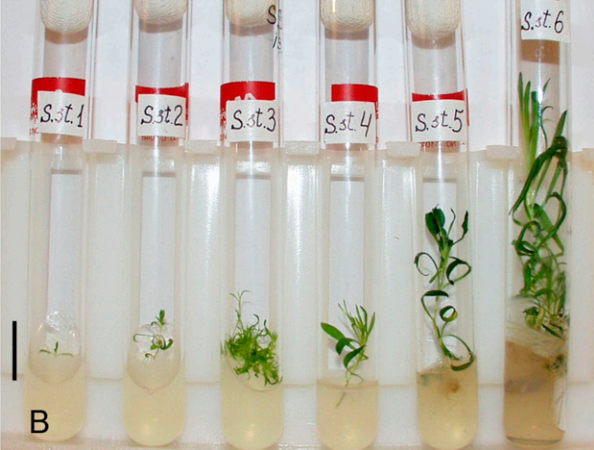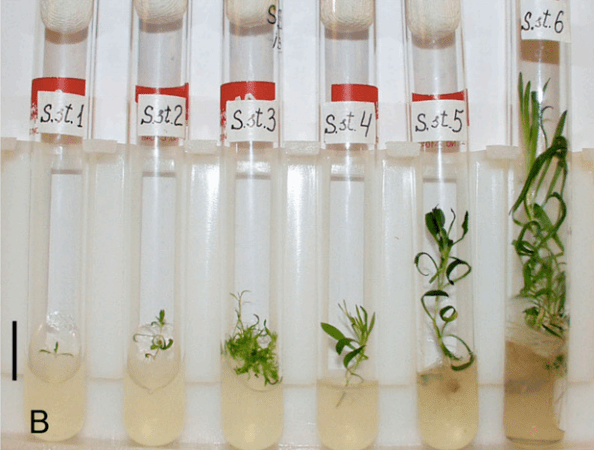
Man, I can barely raise a plant from a seedling without killing it, and scientists have managed to grow viable plants out of seeds from 29,000 B.C.? So unfair.
Russian scientist David Gilichinsky and his research team thawed out fruits that were buried by squirrels on the banks of a Siberian river 31,800 years ago. The fruits have been profoundly frozen for millennia, but as it turns out, they can still grow plants — and the plants can still flower. Which means that the scientists can cultivate a new line of this plant, Silene stenophylla, which will essentially be a time capsule from a prehistoric biome.
The ancient S. stenophylla plants are slightly different from modern ones — their roots grow more slowly, they produce more buds, and their flower petals are wider. So these unfrozen caveman flowers can teach us something about plant evolution. Or possibly they’ll just teach us what happens when seeds are exposed to low-level radiation for millennia; the mild radioactivity of the rock they were buried in mean that these seeds are not only the oldest, but also the most radioactive ever to bear fruit.



